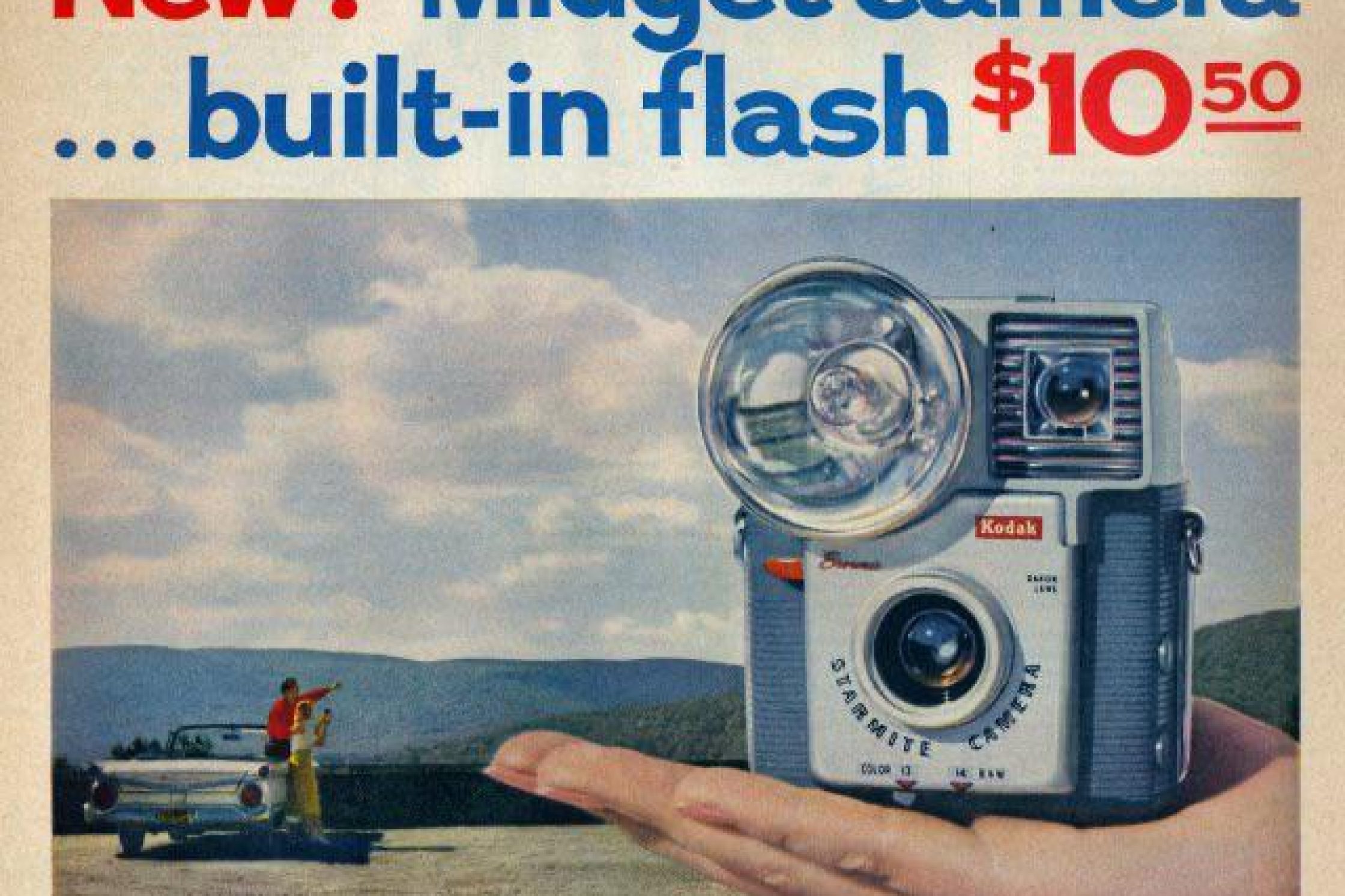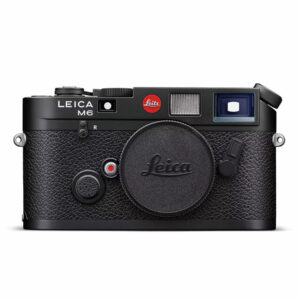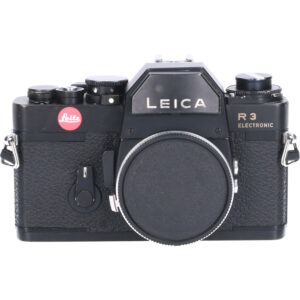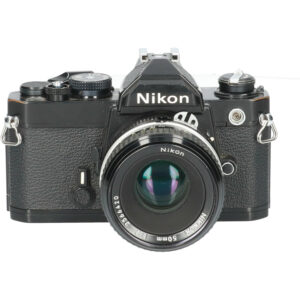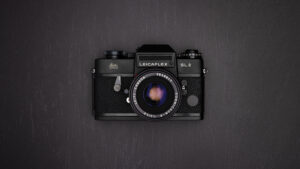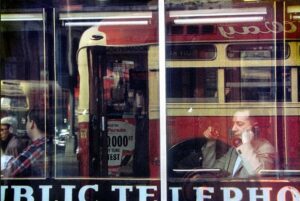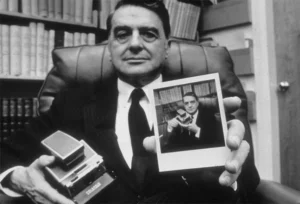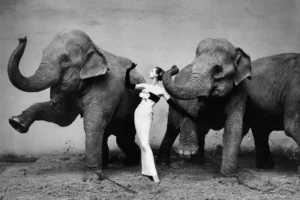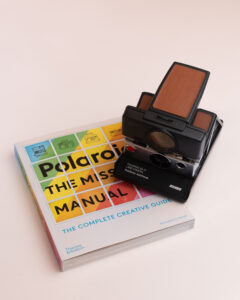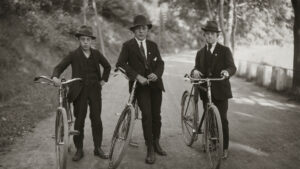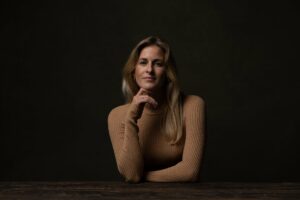This Blog was written by our ambassador Ronald Speijer. A veteran of the photographic arts and a great help to No-Digital. Thank you Ronald!
In 1881 an American farmer called Peter Houston invented a camera in which he used a roll of flexible film with a backing paper. He patented the idea and design while his brother David patented several parts of the camera. In 1888 Houston licensed the idea of the film to George Eastman of the Kodak company who used the roll of film in its iconic box camera. One year later Houston sold the patent to Kodak for 5000 US dollars, a hefty sum of money, equivalent to € 330.000 in todays money.
With the introduction of the Kodak box camera, which cost one US dollar at the time or the equivalent of $66 in todays money, photography became mainstream. Before that, photographers had to make their own plates and chemicals to develop the negatives.
Kodak used the roll film in a small, squared camera which came preloaded with film. When the film was fully used one went to the store and swapped the camera for another preloaded one. “You press the button; we do the rest” Was the slogan that made Kodak a household name.
Roll film is the synonym of medium-format photography. The 6×6, 6×7, 6×9 sized negatives started as an amateur format but later used namely by professional photographers. Kodak introduced the still existing 120 format film in 1901.
It was the German manufacturer Franke & Heidecke who produced the iconic Rolleiflex camera in 1927 developed around the roll film for use in photojournalism and the tropics. The twin lens reflex used metal bellows, a first since leather was the only material used at that time but was subject to cracks and dried out in warm weather. The top lens was used to view and focus where the bottom lens was used to expose the film. In 1933 the factory introduced a cheaper version under the name Rolleicord. This model housed a cheaper Zeiss Triotar lens and a knob instead of a crank to forward the film and cock the shutter. Production seized in 1976.
When 35mm single lens reflex (SLR) cameras became more popular the demand for twin lens medium format cameras diminished. Furthermore, the introduction of the Hasselblad camera from Sweden in the late 1950’s changed the market.
Hasselblad used a single lens and the film was housed in a cassette which could be swapped during a shoot therefore making it possible to switch between color and black and white film in an instant.
In 1888 Arvid Hasselblad, the son of founder Fritz Hasselblad, met George Eastman on his honeymoon and became the sole distributer of Kodak products in Sweden. Grandson Victor started his own company, Victor Foto in 1937. In the Second World War the Swedish army retrieved a still working Handkammer aerial surveillance camera from a German plane wreck. The government asked Victor Hasselblad to make their own surveillance camera in 1941 and during the war he produced 342 units. But it was Victor Hasselblad’s great ambition to make a civilian camera. The first design made from wood saw the light in 1945. Until 1957 the series one 1600 F were made but the camera’s shutter had major issues, and many cameras were returned to Gothenburg to be repaired. When the Hasselblad 500 series was introduced in 1957 all lenses were fitted with a Compur shutter, and the letter C was added to the type name. This shutter made the camera reliable and caused it to gain fame among photographers. In turn, the reliability made the Hasselblad brand a worldwide professional standard. in the model 500C the company started to make fame and money with a reliable camera which became a worldwide professional standard. In 1962 a 500EL motor driven camera holding 70mm cassettes was the first camera on the lunar surface.
Besides Rollei and Hasselblad the mid-format market was also dominated by Mamiya, Bronica, Pentax and Fuji.
Working with a medium format camera requires more photographic skills than the smaller and lighter 35mm versions. You can take a smaller number of pictures, twelve, nine or seven shots on a 120-film in comparison with the 36 shots on a 35mm film. The cameras are bulky and heavy and need a steady hand or a good tripod. The advantage lies in a larger negative which give you better sharpness and less grain when enlarged. Most of the medium format cameras are standard viewed from waist level which takes practice. A prism view finder can be attached to the camera, but it makes it more bulkier and heavy. The cameras produce far more sound when released thus making it not suitable for candid photography.
